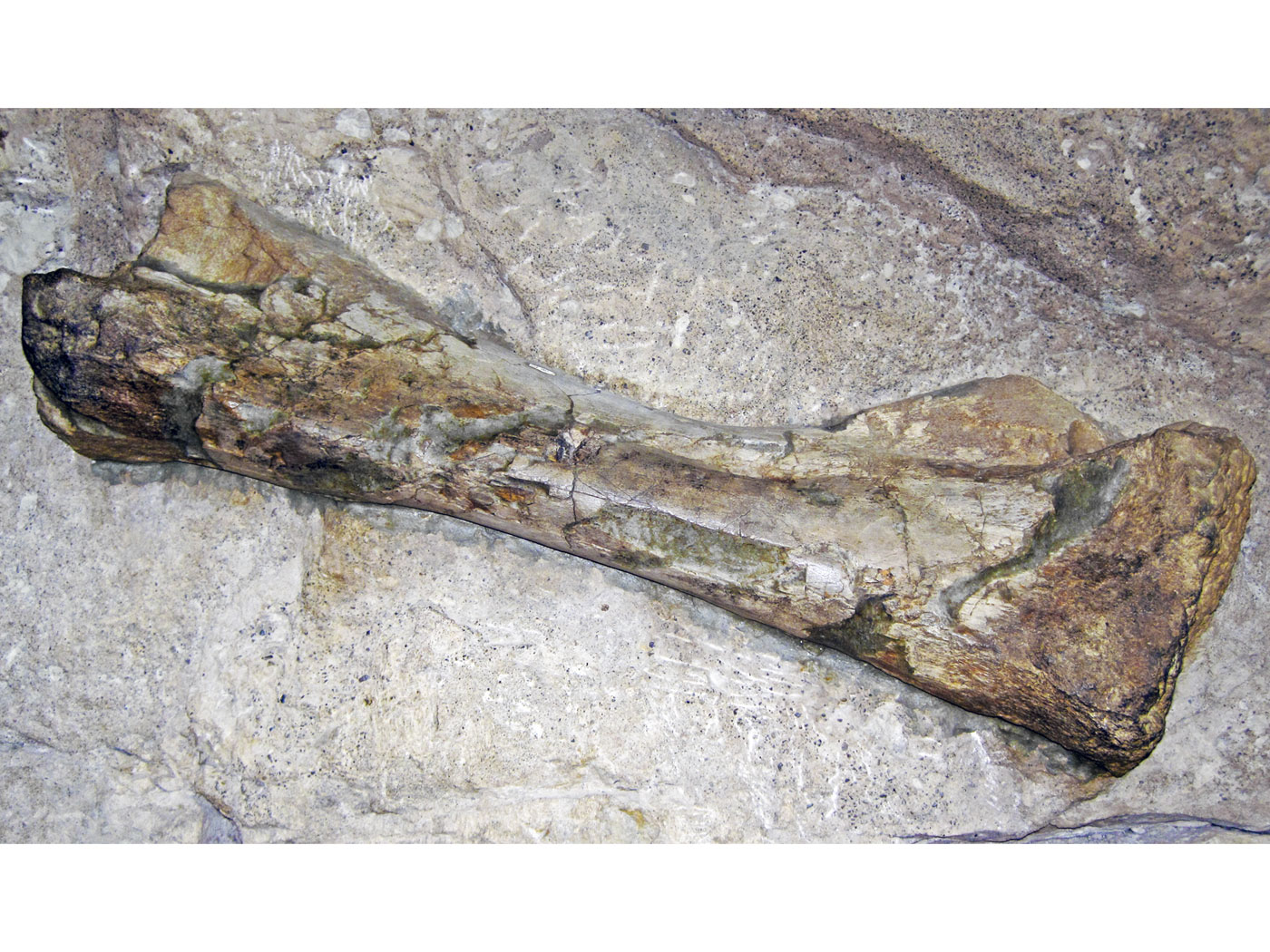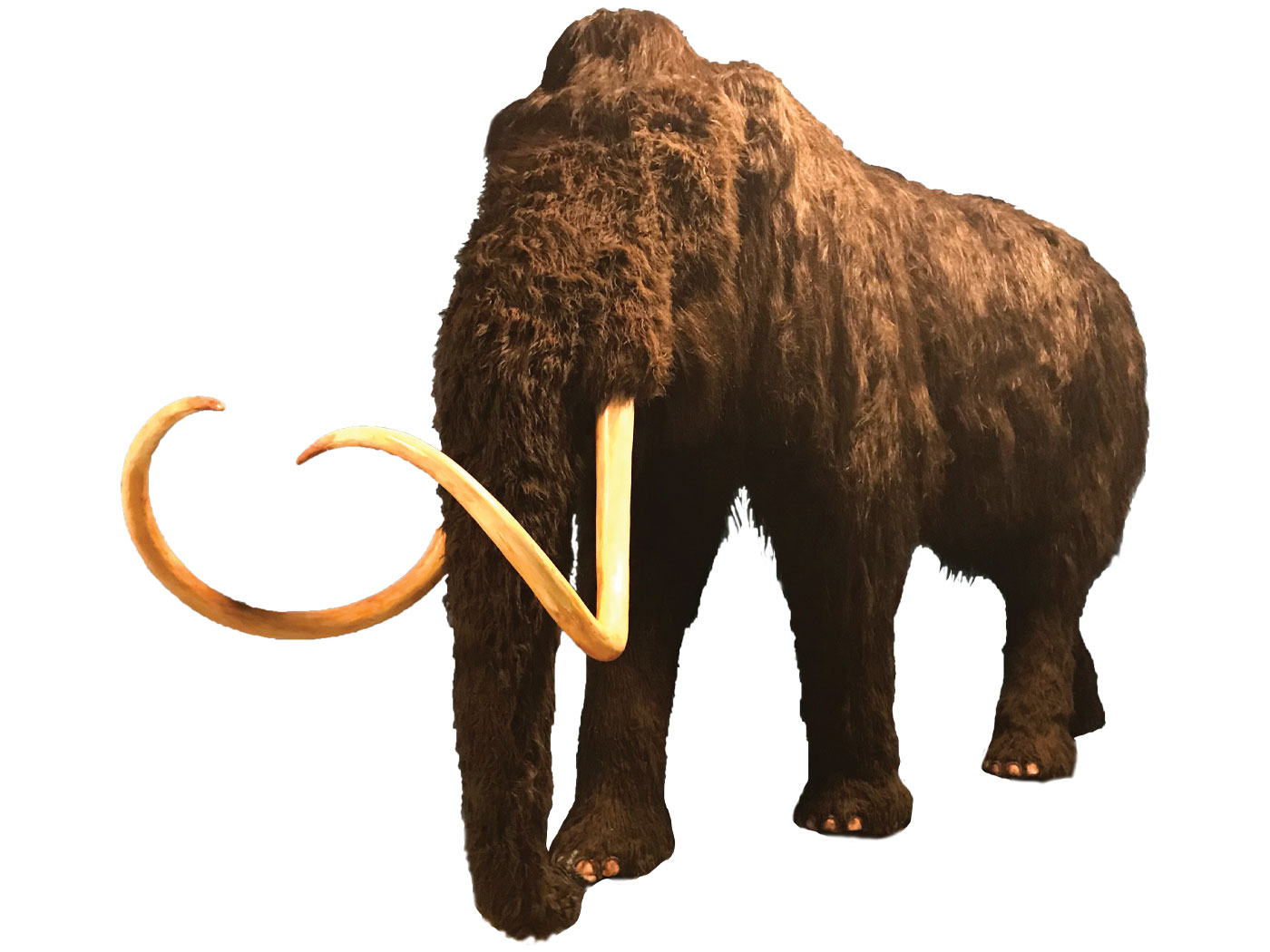In 2001 the complete human genome was published1 with great fanfare and excitement. Many anticipated that the knowledge of the human genetic code (the genome) would provide a complete understanding of what makes a human, well--human. In addition to the human genome, finished and draft genomes for over 25 plants and animals, including the chimpanzee, have now been completed, providing a complete "book of life" for all these organisms.2 Unfortunately, only a small portion of each of these books is understood by scientists.
From the genomes of these organisms emerged a new scientific field called "genomics." Genomics is a science that tries to make sense of the mountains of DNA sequence data that is being compiled. The study of the human genome will reveal much about the number and organization of genes and the products of their transcription (proteins). This information will enable scientists to answer a number of questions about heredity (the study of inheritance) and possibly lead to a number of cures for genetic disorders. But what else might the genome tell us about ourselves? Will this provide any new information about human origins and help determine what makes a human distinct from the animal kingdom? Many secular scientists have used this information in a variety of ways to support evolutionary hypotheses about human origins and the origin of all life forms. At ICR, we have also begun to investigate the field of genomics to provide scientific evidence supporting the Biblical position that man was created distinctly different from the animals, and that each "kind" of animal was created distinctly different from other "kinds."
One area of research currently being conducted at ICR is a comparison of the human and chimpanzee (Pan troglodytes) genomes. The Biblical teaching that man was a special creation (Genesis 1:27), different from any other created "kind," is contrary to the evolutionary paradigm that man evolved from a primitive ape. Following the evolutionary line of reasoning, evolutionists have proposed that the chimpanzee is the nearest relative of modern man--both have evolved from a common hypothetical ancestor. Evolutionists are using certain fossils and the general similarity of man and chimpanzee as proof of their common ancestry. As molecular data (including amino acid sequences in proteins) have accumulated over the past thirty years, this evolutionary link has supposedly been confirmed. Many protein-coding sequences in the genome have been reported to have a 98.5% sequence homology (the percent of DNA that matches between two organisms) for humans and chimpanzees. However, such sequence similarity was based only on a fraction of the total genome of man and chimpanzees, and reflects only the physiological similarities of humans and chimpanzees based on their cellular protein content, not the overall genomic content. The homology frequently reported for the human/chimpanzee genomes excluded "indels," which are areas with zero sequence homology. In a recent analysis by Britten et al., inclusion of "indels" in human and chimpanzee sequences reduced the human/chimpanzee homology to 95%.3 However, preliminary research at ICR using genomic databases and the current literature indicates that the sequence homology between humans and chimpanzees may be less than 90%, as more genomic regions, such as heterochromatin (regions of condensed noncoding DNA) and unresolved alignment gaps are included in homology studies.
Major differences between the human and chimpanzee genomes are increasingly being documented in scientific journals. An example of this was reported in an article in Genome Research identifying chromosome rearrangements between human chromosome 21 and the homologous chimpanzee chromosome 22.4 Using many long-range human PCR primers (primers used to sequence 10,000 bases at a time) that spanned 32.4 Mb (1Mb = 1 million bases) of human chromosome 21, approximately 27 Mb of chimpanzee chromosome 22 were successfully sequenced. This left 5.4 Mb of corresponding human sequences undetectable in chimpanzee chromosome 22. Assuming the 5.4 Mb of DNA that was unable to be sequenced in the chimpanzee genome was 70% homologous to the corresponding human sequence (very generous for sequences that are not alignable!) and combining this with the 27 Mb of sequenced chimpanzee DNA (assuming this region is 95% homologous, see above) would give a homology of 90% for human chromosome 21 and chimpanzee chromosome 22. If the unalignable region is less than 70%, the homology of human chromosome 21 and chimpanzee chromosome 22 will be even less than 90%. Considering all the elements that determine sequence homology, when an entire sequence comparison is finally made between the human and chimpanzee genomes, the actual amount of DNA sequence homology is almost certainly going to be less than 90%.
What is the significance of 98.5% versus 90% homology? If the human and chimpanzee genomes are 10% different, it rules out the possibility that humans and chimpanzees evolved from a common ancestor. If the difference between the two genomes is 10% then the total number of differences in the DNA sequence would be approximately 300 million nucleotide bases (10% of 3 billion nucleotides present in humans or chimpanzees), meaning that 150 million bases in both the human and chimpanzee have mutated and been fixed in the population since the last common ancestor. If the hypothetical divergence of humans and chimpanzees occurred about 5 million years ago and given that a human generation is about 20 years (and a chimp slightly less), then 250,000 generations have passed from the time humans and chimpanzees diverged from a common ancestor. To get 150 million nucleotide changes in 250,000 generations, the two lines of descent would require 600 beneficial mutations fixed in each population of ancestral humans and chimpanzee per generation. However, nearly all mutations are neutral, having no effect and therefore are not selectable, or are slightly deleterious, causing genetic deterioration in a population of organisms. A few beneficial mutations have been observed, such as mutations that confer antibiotic resistance in bacteria and sickle cell trait in humans. But even these mutations are deleterious when the individual is returned to optimal conditions for survival and forced to compete with other individuals lacking the mutation. Recognizing the high genetic cost of fixing any mutation in a population, J.B.S. Haldane, an evolutionist, determined mathematically that it would take 6 million years to fix just 1,000 beneficial mutations in humans through natural selection.5 If only 1,000 of the mutations are beneficial, then nearly all of the 150 million mutations in the human lineage would be slightly deleterious or neutral. Deleterious mutations would lead to degeneration of the genome resulting in extinction, and the neutral mutations would cause no change. This does not lead to some "great leap forward" to a more adapted creature. Because there is no feasible evolutionary solution to this problem, this whole situation has been termed "Haldane's dilemma." Even if the difference in homology of humans and chimpanzees is just 98.5% there still would be 250,000 beneficial mutations to be fixed in both populations in the last 5 million years, far too many than are feasible by Haldane's calculations.
The differences between humans and chimpanzees cannot be determined simply by the amount of sequence homology. The regulation of genes is also an important factor. Differential expression of proteins in humans and chimpanzees has been identified in brain and liver cells. In a comparison of 538 proteins expressed in brain and liver cells in both humans and chimpanzees, 31% of these proteins showed different levels of expression between humans and chimpanzees.6 For comparison, two species of mice, Mus musculus and Mus spretus, also were analyzed for protein expression differences, but showed just a 7.5% difference in the number of differentially expressed proteins. The larger difference between humans and chimpanzees would support the position that they are two separate "kinds" while the mice, which are classified in the same genus, are likely one "kind."
The differences in expression were not trivial either, as some of the differentially expressed proteins had more than a 10-fold difference in expression levels between humans and chimpanzees.7 One likely candidate controlling the different levels of proteins in the brain and liver cells are differences in the DNA sequences of the gene promoters in humans and chimpanzees.7 These differences might affect the binding affinity between DNA and the enzymes necessary for the expression of the gene that encodes the respective protein. Differential expression of proteins is one likely way the Designer specified some of the physical and behavioral differences between humans and chimpanzees.
Certainly, the real difference between man and animals (including the chimpanzee) is man's creation in the image of God, as revealed in the Bible. Man's relationship with his Creator affects much of the way he behaves, and ultimately is the defining characteristic that separates him from the animal kingdom. Genomics research at ICR should support this fact, showing man to possess genomic characteristics that could not evolve from another created kind.
This Impact article signals the beginning of genomic studies at ICR. We are currently working on a number of research projects associated with genomics in addition to the human/chimpanzee homology study. Some of our proposed projects will include sequencing mitochondrial DNA with the goals of:
1) Measuring mutation rates in humans.
2) Determining the validity of molecular clocks.
3) Refining the mitochondrial Eve hypothesis showing the relatedness of all humans.
4) Delineating the created kinds.
We will also conduct research using computer models to study the feasibility of evolutionary genetic theory versus the actual emergence of modern populations from a literal Adam and Eve.
References:
- Venter, J. C., et al., 2001. The sequence of the human genome. Science 291:1304-1351.
- Genome sequences can be found at www.ncbi.nlm.nih.gov/mapview/
- Britten, R. J., 2002. Divergence between samples of chimpanzee and human DNA sequences is 5%, counting indels. Proceedings of the National Academy of Science 99(21):13633-13635.
- Frazer, K. A., et al., 2003. Genomic DNA insertions and deletions occur frequently between humans and nonhuman primates: Genome Research 13:341-346.
- Haldane, J. B. S., 1957. The cost of natural selection. Journal of Genetics 55:511-524.
- Enard, W., et al., 2002. Intra- and interspecific variation in primate gene expression patterns. Science 296:340-343.
- Watanabe, H., et al., 2004. DNA sequence and comparative analysis of chimpanzee chromosome 22. Nature 429:382-388.
* Dr. Daniel Criswell has a Ph.D. in molecular biology.
Cite this article: Criswell, D. 2005. Genomics at ICR. Acts & Facts. 34 (7).













